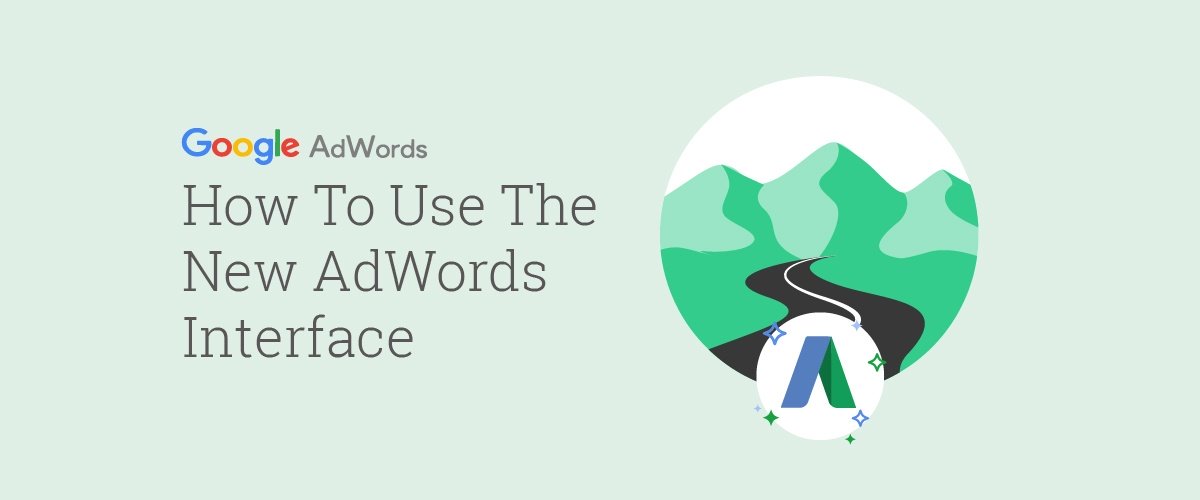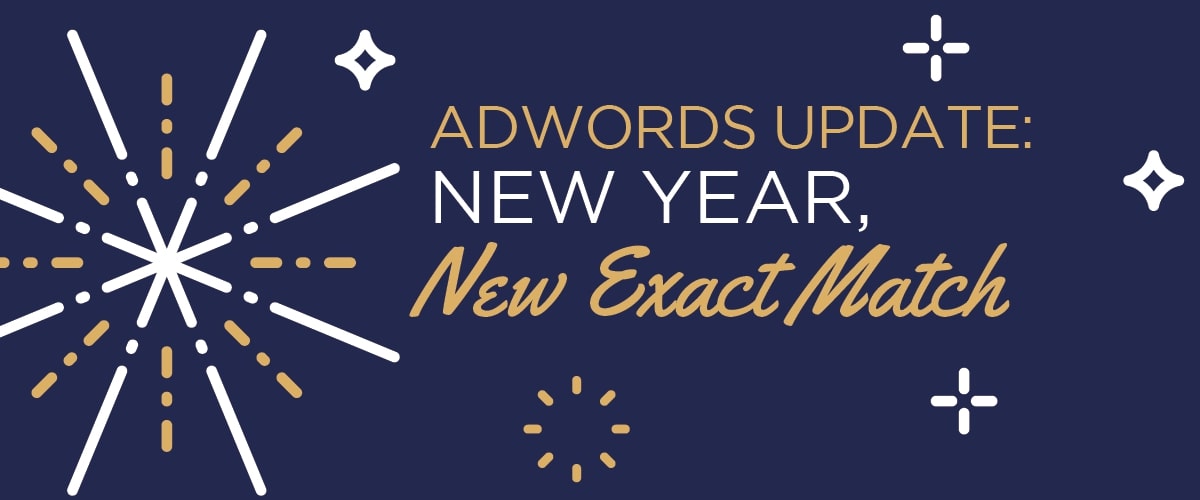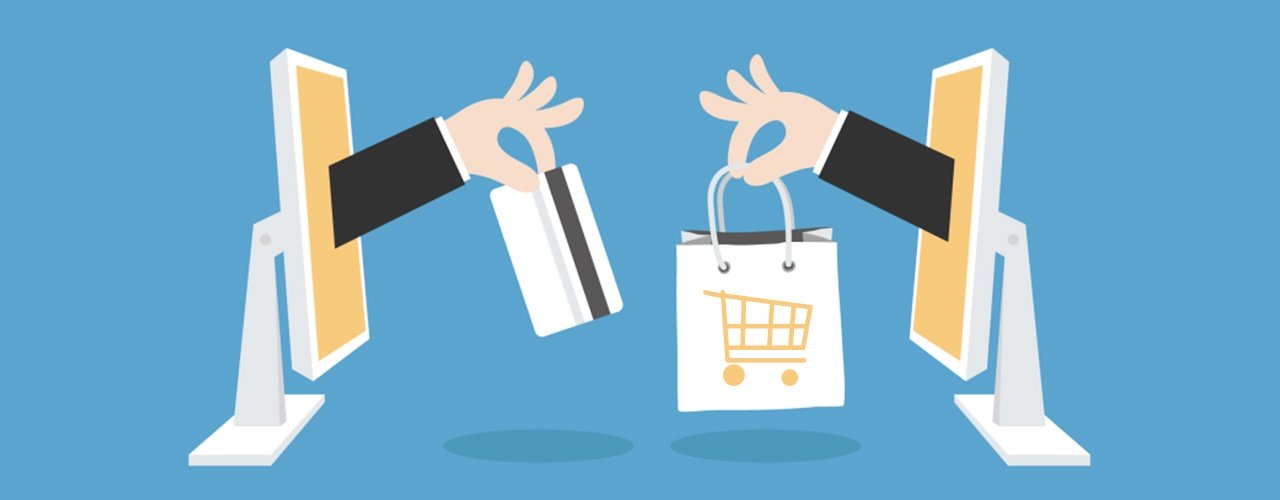2015 has been called the “Year of Mobile.” The volume of users browsing the web on mobile devices overtook PC users in early 2014, and more than a year later, the number continues to grow. Mobile devices are getting larger and easier to use, and our culture is adapting as well — 80% of all adults now own a smartphone.
So if 2015 is not the year of mobile, it’s one of many big ones to come. What does this mean for your business? If you want to compete online, you’re going to have to think like a mobile user, which in some cases, means using Google’s new feature — call-only campaigns.
1. If you’re in the service industry, calls are pretty much the best conversion ever.
Around the beginning of this month, Marchex interviewed Larry Kim of Wordstream, a well-known PPC guru. With a steady increase in worldwide mobile traffic on all major search engines, Kim says that calls should be the most important type of conversions to strive for.
“If your ultimate goal is to get a prospect to call you, why send them to a piece of content with a Contact Us link somewhere on the page? Calls to your business are worth 3x more than clicks to your website and 43% of all search-related conversions happen over the phone,” writes Kim in the interview.
Let’s stop for a second and appreciate how right he is. So often we come across accounts where the conversion action is a Catalog Request or a Request for Information — neither of which really give you the opportunity to do anything besides spam your leads with more advertisements in an effort to gain their business.
These type of opt-in forms have their place — say, in industries where the products have a high price point, or when people aren’t going to commit right away — but if you are offering a service or if you are a local business, you should never let your conversion go to chance.
2. Call-only campaigns cut out conversion obstacles.
One thing to remember about mobile users is that a) they don’t want to spend much time looking around, and b) they are looking at a 6” screen (or smaller). They’re not going to waste time trying to find your phone number on your site, closing out of three different pop-up ads, and scrolling across a screen layout that is meant for a desktop.
You need to make this easy for them!
Now, Google’s newly introduced call-only campaigns allow you to specifically target mobile users only, putting you a few steps closer to capturing a lead. Just as the name implies, the user doesn’t go to your website when they click on your ad when you are running this type of campaign — instead, they get a little pop-up that shows your phone number and leads them to contact you directly from your mobile device.
That’s when you pick up the phone, answer questions,
show them good service, and gain their business.
“70% of mobile searchers call a business directly from search results,” claims the AdWords blog. Which, when you think about it, isn’t surprising. Whenever I see a phone number pop up instead of going to website, I’m happy that I don’t have to spend more time squinting at my phone and that I get to talk to a real person.
The new call-only campaigns are a sign that Google sees these market changes and is ready to let you go after mobile users directly — again. In the past, you were able to serve call-only ads to mobile devices by turning off desktop and tablets and using a call-only extension. Then, when Google rolled out enhanced campaigns, which are meant to allow users to integrate their multi-device ta
rgeting into one campaign, they made it a requirement to bid on desktop and tablet devices, making it incredibly difficult to serve on mobile devices only. With call-only campaigns, you can now solely target mobile users again, thanks Google.
3. Local businesses love lazy users.
“Half of all mobile searches are conducted with the goal of finding a local business,” says Larry Kim in the same Marchex interview from earlier this month. What this means is that if you are a local business, half of all traffic that is searching online is looking for you specifically — all you have to do is get in front of them at the right time. And with call-only campaigns, you are ensuring that every single click leads to a conversion.
And as Google tells us, over the past few years, the uptick in mobile usage has corresponded with an increase in mobile click-to-calls. Mobile users, who want to spend less time browsing around and complete their goals faster — are more likely to click on an ad. If more people are using mobile and half of those users are people looking in your area for the service that you offer, this is a winning combination.

Logical Position, an Inc. 500 digital agency supporting 5,000+ clients across North America. LP is the proud recipient of Google’s Lead Generation Premier Partner of the Year and Microsoft's Global Channel Partner of the Year 2024! The award-winning agency offers full-service PPC management, SEO, Paid Social, Amazon and Creative Services for businesses large and small. As a Google Premier Partner, Microsoft Elite Partner & Meta Business Partner, LP is in the top 1% of ad spend managed across platforms.



